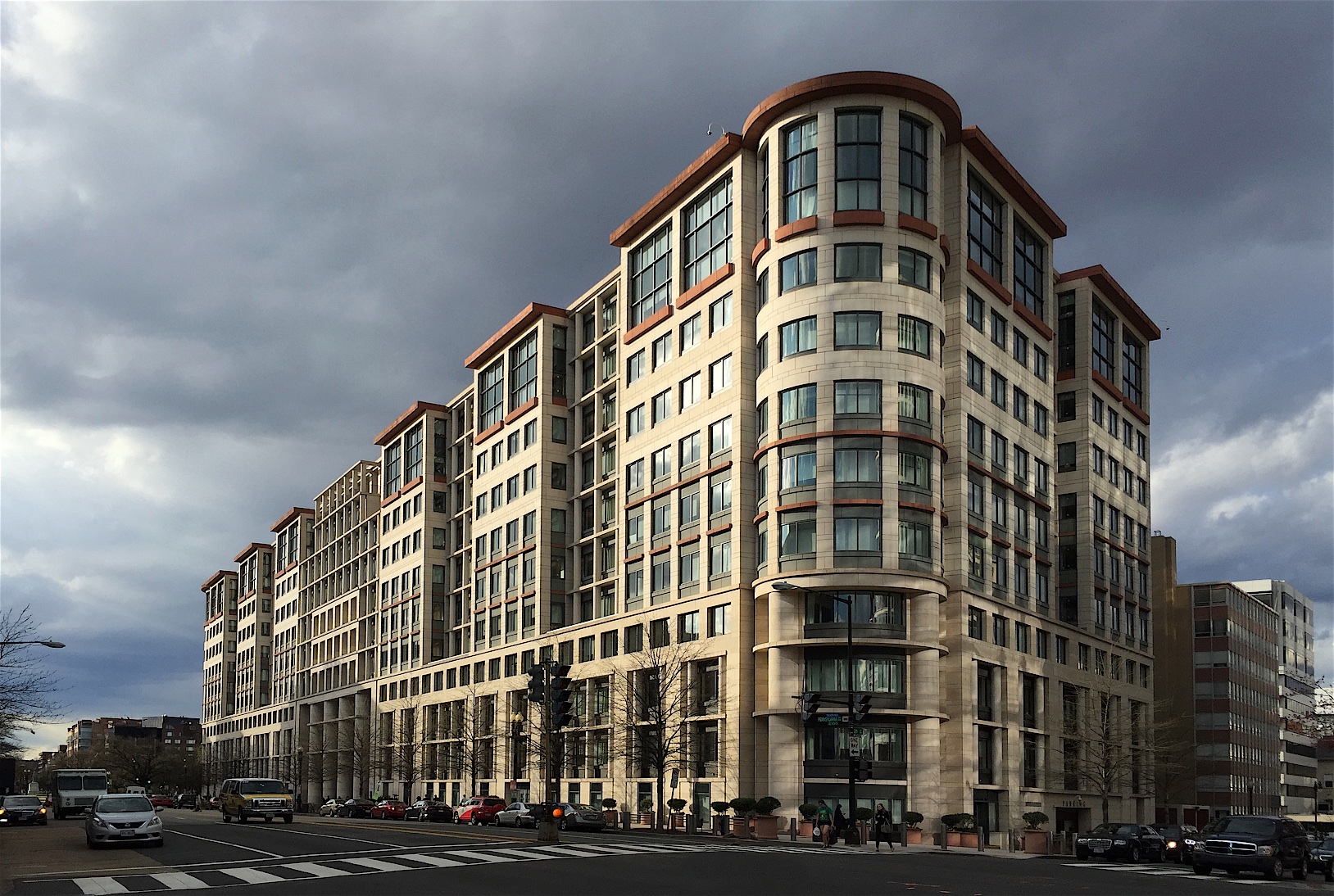In recent months, the French proposal for an airline solidarity tax has been a source of contention in the global aid community. However, most of this debate has focused on the financing mechanism itself, with relatively little attention to the new International Drug Purchase Facility (.pdf) that its revenues will support in order to lower the cost of drugs for HIV/AIDS, tuberculosis and malaria and improve the availability of these drugs. The FT reported on the recent progress on this front at a weekend meeting of a pilot group consisting of 43 countries led by France and Brazil, who announced their intentions to operationalize the IDPF by September with $300 million in annual funds from the airline tax (which will be introduced in France on July 1st). In his closing remarks, WHO Director General J.W. Lee enthusiastically endorsed the proposal and promised to discuss it at future discussions of the G8, saying:
This proposed facility is an important step forward in securing predictable and sustainable supplies of drugs and diagnostics. These are critical elements in scaling up HIV, tuberculosis and malaria programmes. The drugs people use must be safe, affordable and available. Medicines are not everything, but without them, little can be done.
It is perhaps telling that this meeting took place in Geneva while the world's economists gathered in far-off Washington for the IMF/World Bank meetings, despite the many economic ramifications of this new funding mechanism. The IDPF seeks to ensure an efficient market with many suppliers of affordable products, but it remains unclear whether the designers recognize that the dual aims of stimulating competition and lowering prices are fundamentally in conflict, given the following excerpt from a February
Reuters article:
Officials said details of how the system would work remain to be thrashed out but they hope that it will eventually encourage pharmaceutical firms and makers of generic drugs to increase production, stimulate competition and so lower prices.
Econ 101 is pretty clear on the point that increasing demand drives prices
up, which is what leads to greater supply and competition - not the other way around. There is an explicit tradeoff between price and number of suppliers that the IDPF will need to balance.That said, the IDPF holds a great deal of potential to increase access to medicine by increasing the efficiency and predictability of the supply chain. There are massive economies of scale to be exploited through global pooled procurement compared to the current system of many small purchases disaggregated across different country-level procurement systems. The IDPF will also represent a predictable source of financing to suppliers; donors should take advantage of this predictability to issue binding long term contracts that share some of the risks to industry (creating an incentive to improve
demand forecasts). After all, increasing efficiency and reducing risk is one key way to lower drug prices. But the IDPF must resist the temptation to succumb to the more popular tactic of driving down prices by eliminating industry's profit margin, which will eventually force manufactureres out of the market entirely. Creating a stronger monopsony to push down the price of ARVs through bulk procurement may be an attractive short-term solution to the problem of access to medicines, but it will choke off the supply of medicines for developing countries in the medium term. Instead, the IDPF should pay more, not less, which will increase competition (and price) but will ensure a sustainable supply going forward.
CGD blog posts reflect the views of the authors, drawing on prior research and experience in their areas of expertise.
CGD is a nonpartisan, independent organization and does not take institutional positions.





